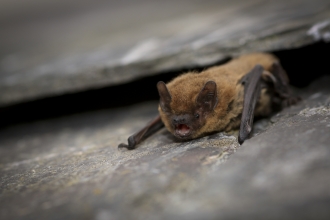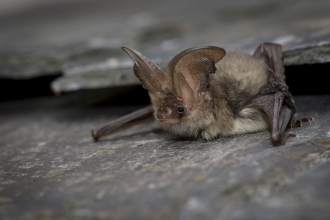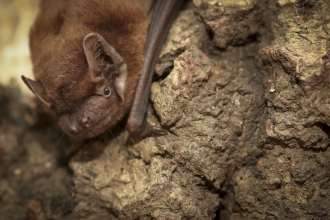A single pipistrelle bat eats 3,000 flying insects per night! Great for fending off mozzies.
How do bats fly? Learn more about these enigmatic mammals
Around the world there are more than 1,100 species, including some that help control insect pests, pollinate or transport the seeds of tropical fruits, or produce natural fertiliser for crops. Some, like the thousands of Mexican free-tailed bats of Austin, Texas, are even a major tourist attraction.
But you don’t have to travel far to experience the excitement of watching bats for yourself because BBOWT’s nature reserves are havens for these magical mammals. You may even see them flying over your garden.
Seventeen species of bat live and breed in the UK. All of them eat insects and other invertebrates, so no vampires here! Astonishingly a tiny common pipistrelle bat is believed to eat up to 3,000 insects in a single night.
Did you know... Learn more bat facts:
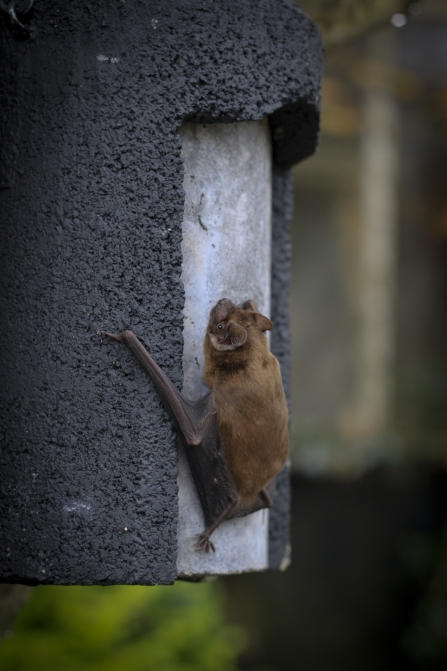
Bats are not blind as many people think
They can see, but at night their ears are more important than their eyes. They use echolocation, a system of locating things by sound, to find their way and catch their food in the dark.
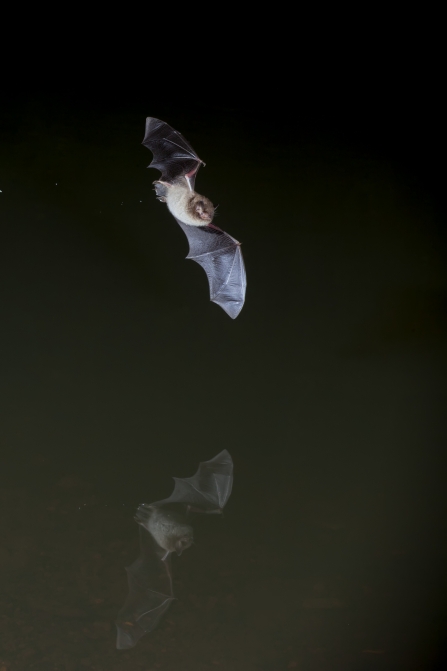
Daubenton's bat by Dale Sutton/2020VISION
How do bats fly in the dark?
They can see, but at night their ears are more important than their eyes. They use echolocation, a system of locating things by sound, to find their way and catch their food in the dark.
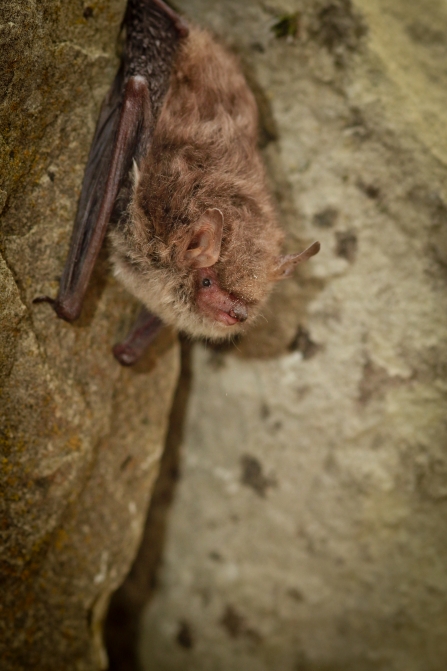
Why do bats hang upside down?
If bats hung by their thumbs they would have to let go before spreading their wings. By hanging upside down they are able to spread their wings ready for take-off. They also have a good clear view for both seeing and hearing before flight.
Create a banquet for bats in your garden!
Make Your Garden Bat Friendly (https://youtu.be/4KmjmEArBpw)
Make Your Garden Bat Friendly
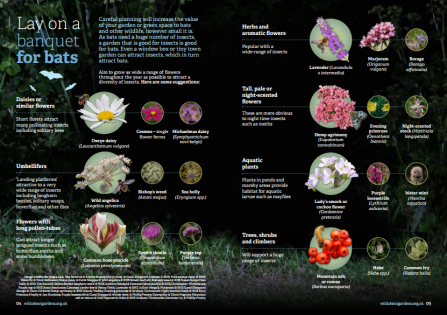
Not sure what to plant? Take a look in our Wild About Gardens bat booklet for tips and advice.
Turning your garden into a haven for bats is easy. Plant flowers in a range of colours, shapes and fragrances to attract a variety of insects for bats to feed on. Flowers with a strong night-time scent will draw in insects at precisely the time bats head out to feed.
Choose plants such as evening primrose, night-scented stocks and common honeysuckle. Ponds are also a big draw for insects, as are log piles, open compost heaps and purpose-made insect hotels.
Put up a bat box and give a bat a home
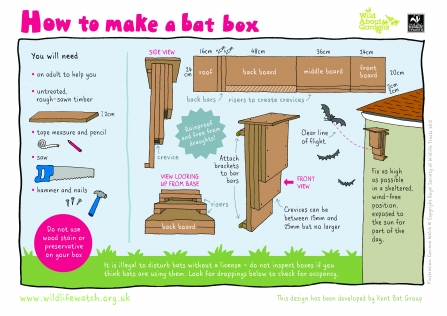
Bat boxes offer artificial homes where natural sites are not readily available. You can buy a readymade bat box or make your own. Position them in a sheltered spot, close to natural features such as a hedge and where bats are known to feed, out of the reach of ground predators. Then leave them in peace as bats and their roosts are legally protected from disturbance.
Create more homes for insects and provide food for bats
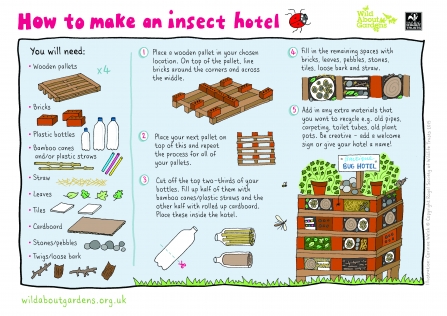
This will provide a great feast for bats, as well as other animals that might frequent your garden.
It can also provide much needed habitats for a wide range of insects, including solitary bees.
Learn more about three common bats
What BBOWT is doing to restore habitats for bats
We can help bats by establishing and managing hedgerows, planting native species, maintaining wetlands and retaining dead or damaged wood. These actions provide bat roosts or food for the invertebrates bats eat.
All our nature reserves support bats, though some are especially notable because they are great sites to watch them on bat walks, or they host studies to improve our understanding of bat ecology.
The Thames Path, which passes through Cholsey Marsh nature reserve near Wallingford, is a particularly good place to look for Daubenton’s bats. These fly low over water as they hunt for insects. Take a stroll about 40 minutes after sunset for the best chance of seeing them.
Finemere Wood is a magnificent woodland - home to birds, bats and butterflies, where you can forget the stresses of everyday life.
This is a well-surveyed woodland with the North Bucks Bat Group carrying out funded work, including ringing Bechstein's bats. This rare and secretive species of bat relies on the presence of tall trees, where they seek out insects to pluck from branches and leaves.
This is a great reserve to learn more about bats, as there is an interpretation board with information on some of the bat species that can be see at this reserve.


